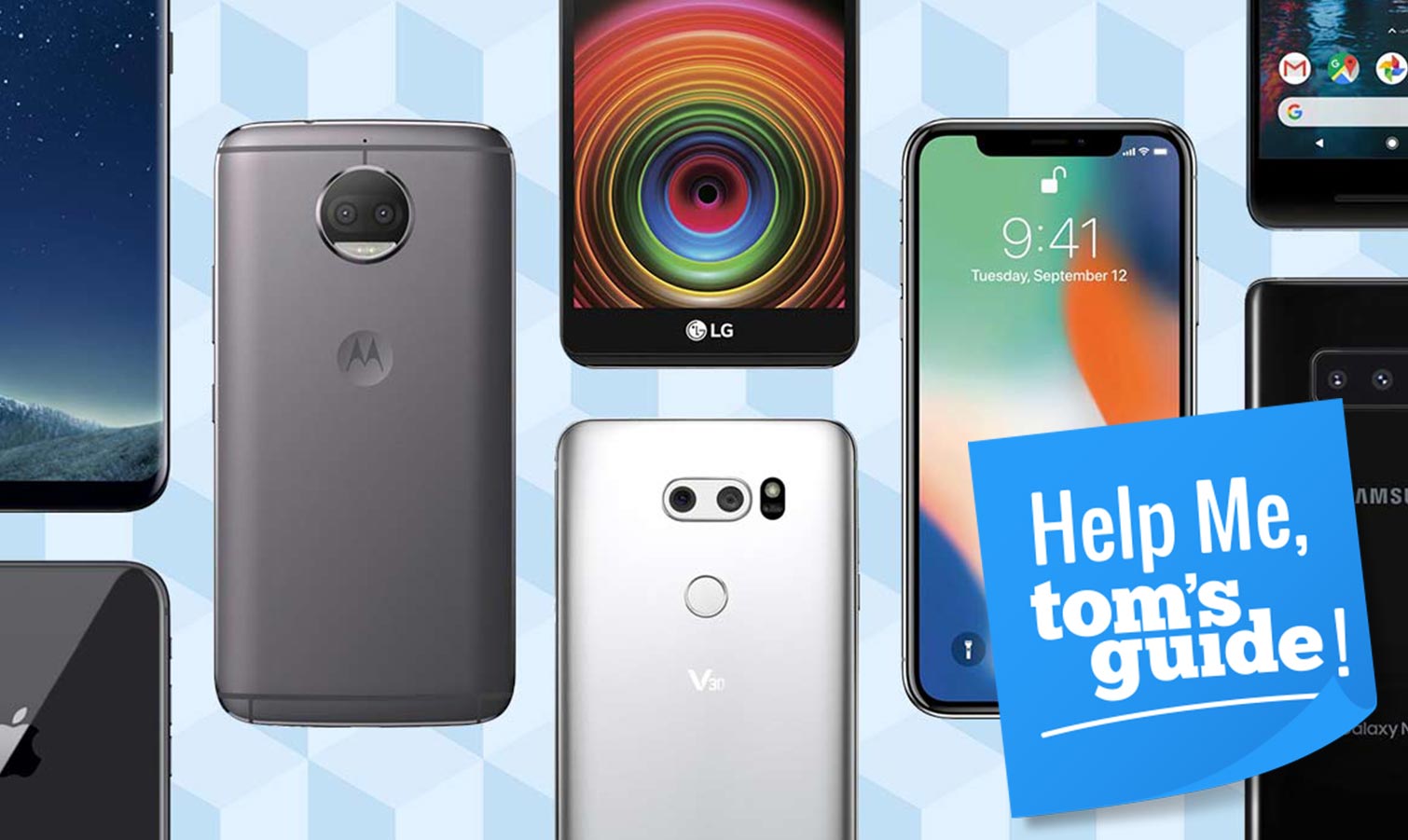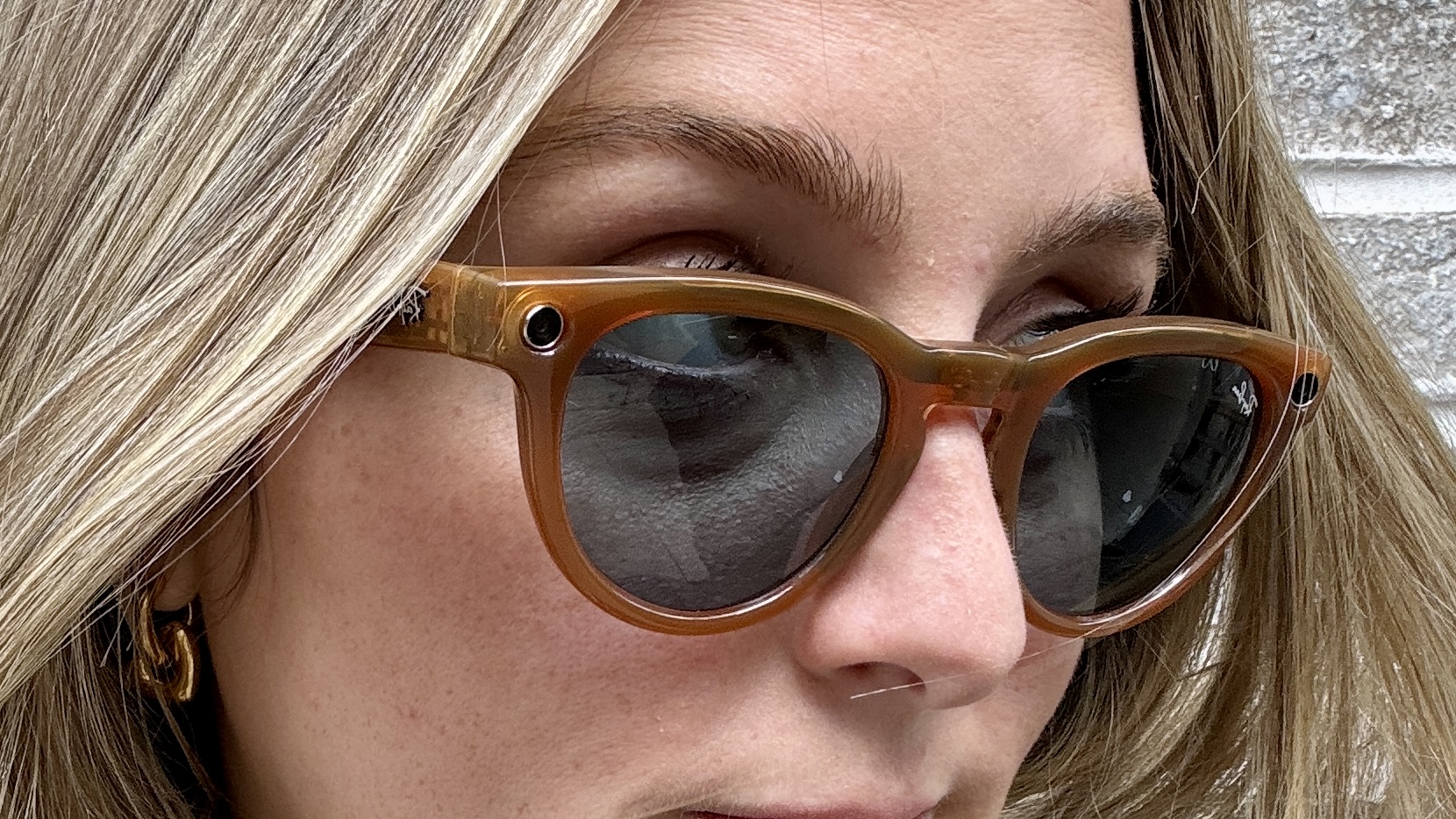Help Me, Tom's Guide: Which Smartphone Specs Matter Most?
What are the most important considerations when shopping for a high-end phone? Here's our list.

What should you consider when you're looking to buy a smartphone? That's a question facing anyone who's mulling over a smartphone purchase, and it seems to be one that's very much on the mind of Tom's Guide forum poster Arisdroid.
"What specifications in hardware and software [should we] evaluate when buying a high-performance smartphone to have better advantages if it becomes flawed in the future and is easier to repair?" Arisdroid wrote. ... "For example, ease of acquiring the ROM and flashing the memory to reinstall it."
That's a pretty particular question that seems to hint at someone who's planning to root a smartphone to gain access to the root permissions of the phone’s OS — something we'd recommend only if you're an advanced user or using a device that's solely for tinkering. Assuming that describes you — and Arisdroid certainly seems to fit the criteria — we'd suggest turning to TheUnlockr website for unlocking advice. It's run by David Cogen, a frequent Tom's Guide contributor who recently offered readers advice on rooting a Samsung Galaxy S6.

You'll also find some good advice in the same thread where Arisdroid posted the original question about high-end-phone specs. Poster Hang-the-9 correctly noted that, on the repairability issue, "no smartphone is easy to repair" unless you have the right tools. "And the only thing that can usually be fixed without replacing the full board is the charging port and the screen." As for finding ROMs, or custom firmware, Hang-the-9 advised sticking with more popular models, like Samsung's Galaxy S, Google's Pixel and LG's G series of phones. Seems like a sound idea to us.
But Arisdroid's original question also got us thinking about specs to consider when you start shopping for a new phone. You hear a lot of numbers and features bandied about any time a new phone gets released — processor cores, storage capacities and multitudes of megapixels — but which ones should you really pay attention to?
The answer depends on how you plan to use the phone. If you take a lot of pictures with your phone, you're going to want to dive into those camera specs. Treat your phone like a mobile computing device? Then internal components, like the processor and memory, take on added importance.
Regardless of what you're using your phone for, there are some common components worth your undivided attention. Here are five key specs to consider when shopping for a flagship phone. (If you're in the market for a midrange or budget model, the calculus changes, as you need to consider what features you're sacrificing in the name of a lower price tag.)
Processor: When it comes to flagship phones, make sure you're getting the latest processor. Not only will that ensure that your phone will be among the best-performing models when you first get your hands on it, but it also ups the odds that your phone will still be able to handle processor- and graphics-intensive tasks in a few years' time.
Get instant access to breaking news, the hottest reviews, great deals and helpful tips.
As of this writing, Qualcomm's Snapdragon 835 is the processing platform of choice for the leading Android flagships. However, that's about to change, as Qualcomm has already previewed the next-generation Snapdragon 845. That CPU is widely expected to make its debut in Samsung's Galaxy S9, which will be unveiled Feb. 25. Qualcomm's new chip will likely be exclusive to the S9 for a few months after that phone launches, so avoid paying a premium for devices running last year's processor.
MORE: Top 10 Galaxy S9 Rumors
Apple's top-of-the-line chip is the A11 Bionic CPU. It powers three of the phones the company currently sells — the iPhone 8, iPhone 8 Plus and iPhone X.
One other internal component to pay attention to is the memory that comes with the phone. In flagship devices, 4GB is fairly standard, though you'll find some models offering 6GB or even 8GB. More RAM can make a phone feel zippier, particularly when you're jumping between apps.
Display: A phone's resolution is worth checking out, but a key display stat is actually what kind of screen your flagship phone offers. AMOLED is the preferred panel; it produces richer colors and truer blacks than what you'll get from LCD screens. LCD panels are typically brighter than their AMOLED counterparts.
These days, most flagship phones sport OLED panels, especially with Apple adopting the technology for the iPhone X. The iPhone 8 and 8 Plus still rely on LCD technology, though, as does Sony's Xperia XZ lineup.
Camera:Don't focus only on the megapixels. The size of the lens on your phone's camera also offers a clue as to what kind of photos you can get. A camera with a bigger aperture will let in more light, meaning it's more likely to produce good-looking photos in darker settings than a camera phone with a smaller-aperture lens.
One of the rear-camera lenses on the LG V30 offers an f/1.6 aperture — the largest on any phone, at least until Huawei's Mate 10 Pro hits the U.S. in February. Samsung's S9 is rumored to be going even larger, with a rear camera offering an aperture of f/1.5. (The smaller the number, the bigger the aperture.)
Smaller apertures are noteworthy, too, because they offer better depth of field for wide-angle shots. That's why, on flagship phones, you'll often see dual-camera setups that feature a wide-angle lens with a smaller aperture. The Note 8 takes this approach, for example.
Battery: A big battery generally means a longer-lasting phone, but there's more to it than a big milliamp-hour number. The way a phone manages power consumption also plays a big role in how long your device can go between charges. Phones powered by Qualcomm's top-of-the-line Snapdragon processors tend to fare well in that regard.
| Phone | Battery Size | Battery Test (Hrs:Min) |
| Huawei Mate 10 Pro | 4,000 mAh | 14:33 |
| Google Pixel 2 XL | 3,520 mAh | 12:09 |
| OnePlus 5T | 3,300 mAh | 11:22 |
| iPhone 8 Plus | 2,691 mAh* | 11:16 |
| Galaxy Note 8 | 3,300 mAh | 11:11 |
| Galaxy S8+ | 3,500 mAh | 11:04 |
| iPhone X | 2,716 mAh* | 10:49 |
| LG V30 | 3,300 mAh | 6:30 |
*based on teardowns
You should also look into whether your phone supports some sort of fast-charging feature and whether that requires special equipment. In the case of the latest iPhones, for example, you've got to buy special accessories, while most Android flagships have the charger you need in the box. We've tested the fast-charging features on 10 flagship phones and found that the OnePlus 5T powers up the quickest.
Software version: This is really just a concern for Android users, as iPhones come preloaded with the latest version of iOS, and you can download OS updates as they become available. (iPhones that came out in 2015 or later can run iOS 11, though older models may take a hit to battery life with the latest OS.)
MORE: When Is Your Phone Getting Android Oreo?
Android phones don't necessarily have that luxury. Google's latest Pixels shipped with Android Oreo, as did Sony's Xperia XZ1; the Mate 10 Pro will debut in February with Oreo installed, too. Other Android flagships are only now in line for the update, so make sure that any phone you buy between now and next fall (when Android P will likely make its debut) comes with Android Oreo preinstalled.
Credit: Tom's Guide
Philip Michaels is a Managing Editor at Tom's Guide. He's been covering personal technology since 1999 and was in the building when Steve Jobs showed off the iPhone for the first time. He's been evaluating smartphones since that first iPhone debuted in 2007, and he's been following phone carriers and smartphone plans since 2015. He has strong opinions about Apple, the Oakland Athletics, old movies and proper butchery techniques. Follow him at @PhilipMichaels.

